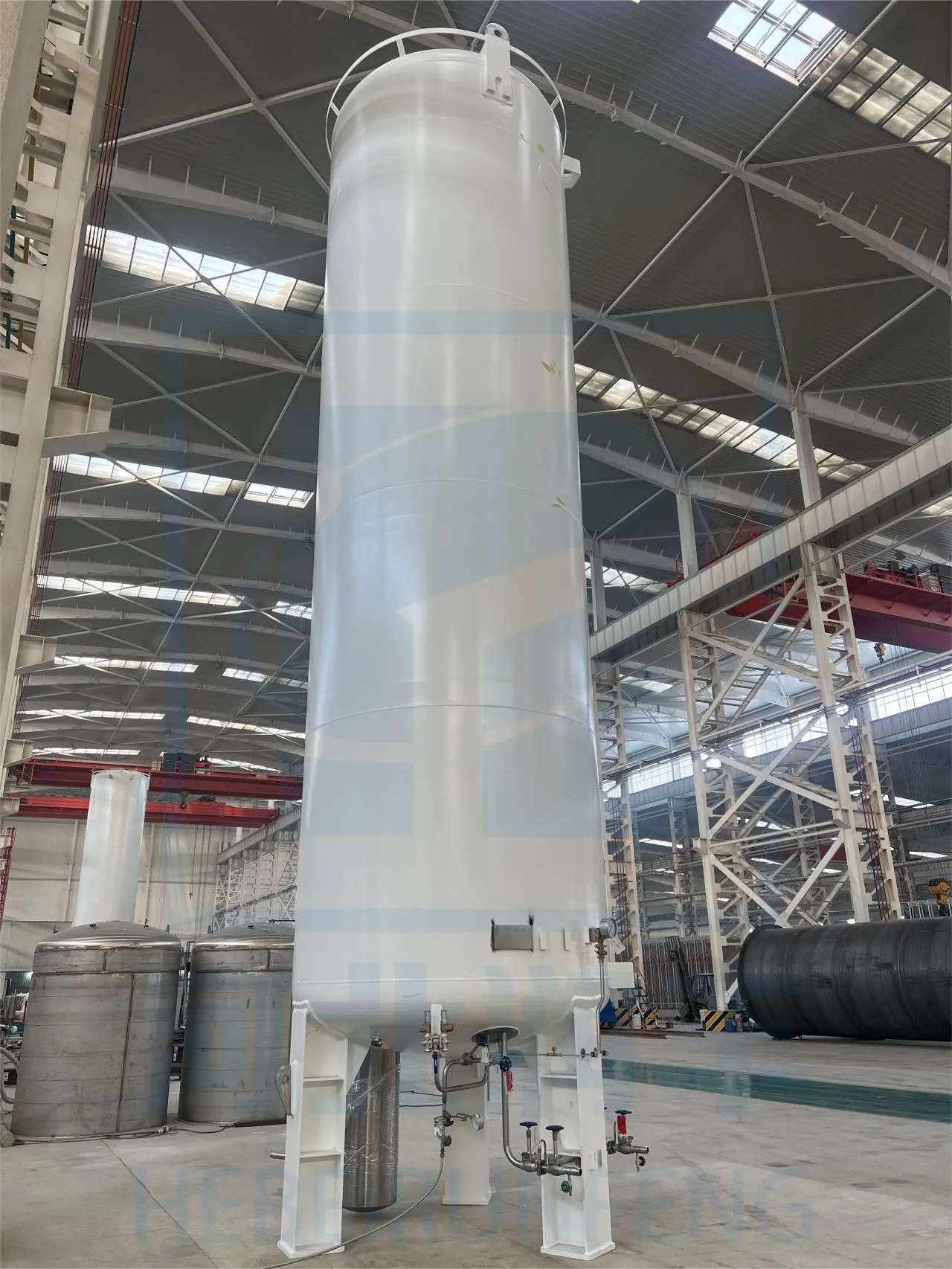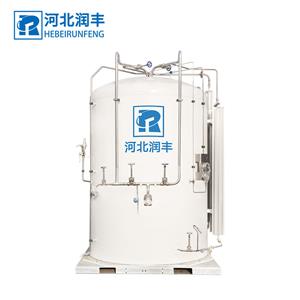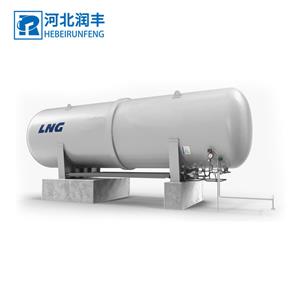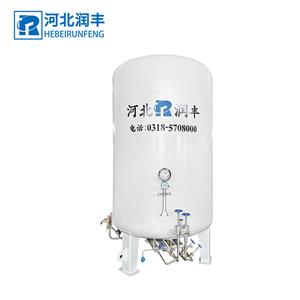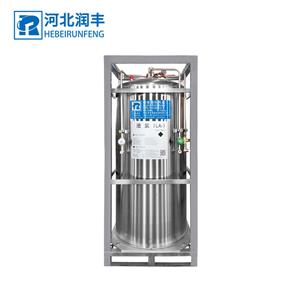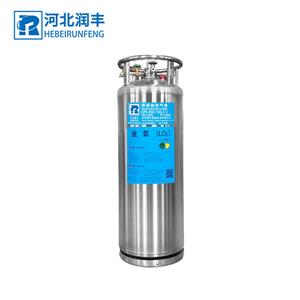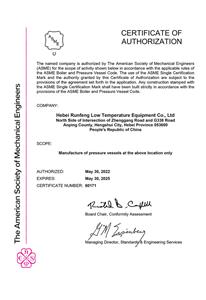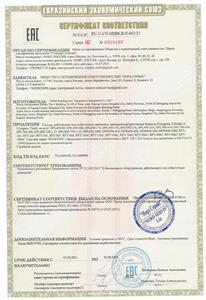Exploring the Versatility and Safety Considerations of Liquid Argon
Introduction:
Liquid argon is a fascinating substance with numerous applications in various industries, including scientific research, manufacturing, welding, and more. This highly versatile and inert substance is known for its ability to maintain low temperatures and create an oxygen-depleted environment. While its usage comes with various benefits, it is essential to handle liquid argon with caution due to its unique properties. In this article, we will delve into what liquid argon is, its diverse applications, and important safety considerations to keep in mind while working with it.
What is Liquid Argon?
Liquid argon is the liquefied form of argon, an odorless and colorless noble gas that comprises about 1% of the Earth's atmosphere. It is obtained by cooling argon gas to an extremely low temperature of -186 degrees Celsius (-303 degrees Fahrenheit), causing it to transform into a liquid state. Liquid argon is characterized by its ability to maintain its liquid form even at atmospheric pressure.
Usage of Liquid Argon:
Welding and Metal Fabrication: Liquid argon serves as a valuable component in various welding applications, such as tungsten inert gas (TIG) and metal inert gas (MIG) welding. It is used as a shielding gas to protect the molten metal from reacting with oxygen and nitrogen in the air, ensuring high-quality welds.
Scientific Research and Laboratories: Researchers and laboratories employ liquid argon in several scientific experiments and technologies. It is utilized in cryogenics to cool and preserve samples, enabling researchers to study chemical reactions and physical properties at low temperatures.
Lighting Industry: Liquid argon is used in specialized lamps, such as argon-filled incandescent bulbs, fluorescent lamps, and lasers. It aids in creating an inert environment that enhances the performance, brightness, and color quality of these lighting sources.
Medical Applications: In the medical field, liquid argon is sometimes employed for cryosurgery, a procedure involving the use of extremely cold temperatures to freeze and destroy abnormal tissue. Additionally, liquid argon may find use in the storage and transportation of biological materials, preserving them at very low temperatures.
Safety Considerations when Dealing with Liquid Argon:
Ventilation: Adequate ventilation is essential when working with liquid argon to prevent the accumulation of argon gas, which can displace oxygen and lead to asphyxiation. Ensure work areas are properly ventilated or conduct operations in well-ventilated spaces.
Cold Burns: Liquid argon is extremely cold and can cause severe cold burns or frostbite upon contact with unprotected skin. Always wear appropriate personal protective equipment such as gloves and goggles to minimize the risk of injury.
Pressure Hazards: When transferring or storing liquid argon, be cautious of pressure build-up. Ensure containers are designed for handling cryogenic substances and never seal or store liquid argon in airtight containers, as pressure can escalate and cause accidents.
Training and Knowledge: Proper training and awareness of the properties and hazards associated with liquid argon are crucial. Familiarize yourself with safety procedures, guidelines, and necessary equipment specific to working with cryogenic substances.
Conclusion:
Liquid argon is a versatile substance with a range of practical applications, from welding and scientific research to lighting and medical procedures. Its ability to maintain low temperatures and create an inert environment makes it invaluable in diverse industries. However, it is vital to handle liquid argon with caution to ensure safety. By adhering to safety guidelines, proper training, and utilizing appropriate personal protective equipment, the potential of liquid argon can be harnessed effectively while minimizing risks.

